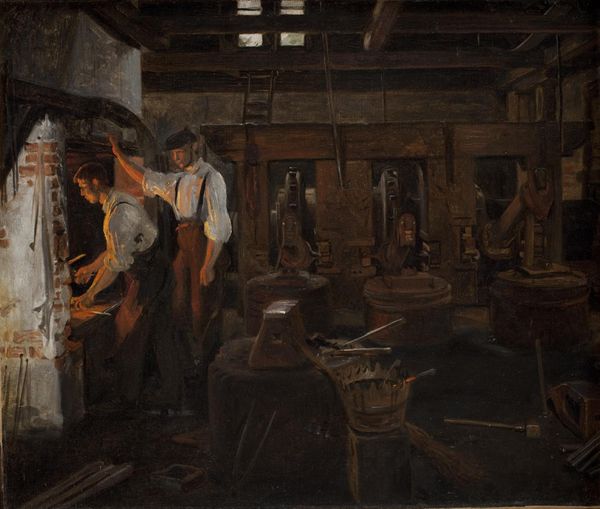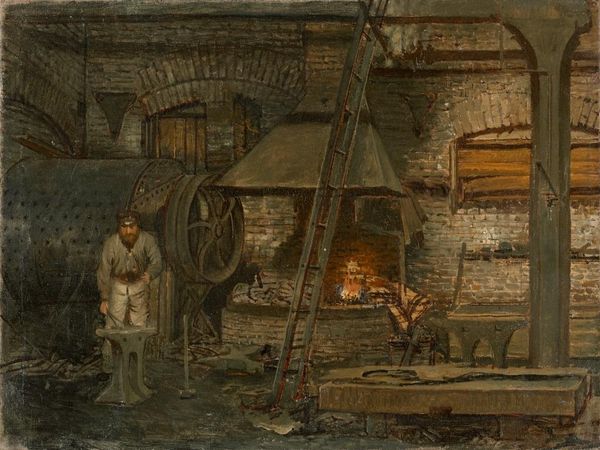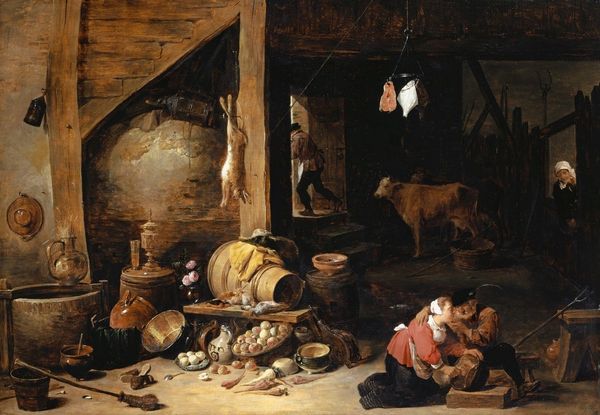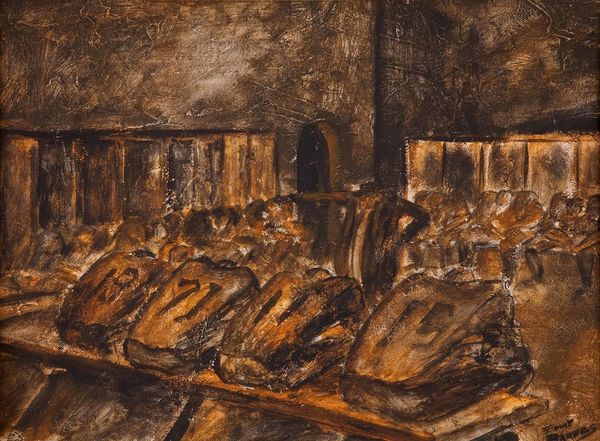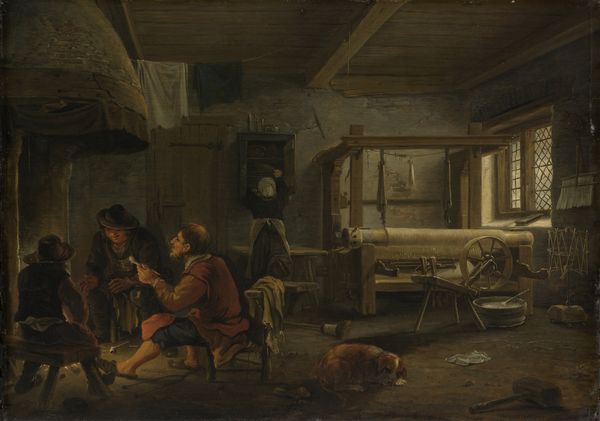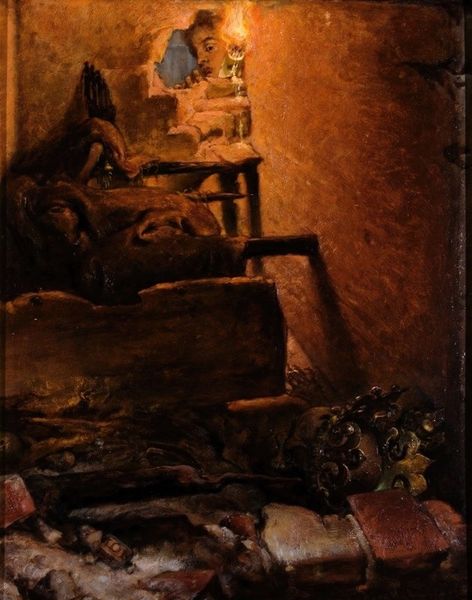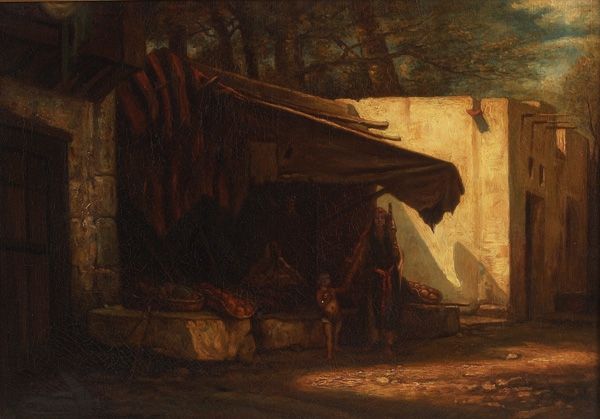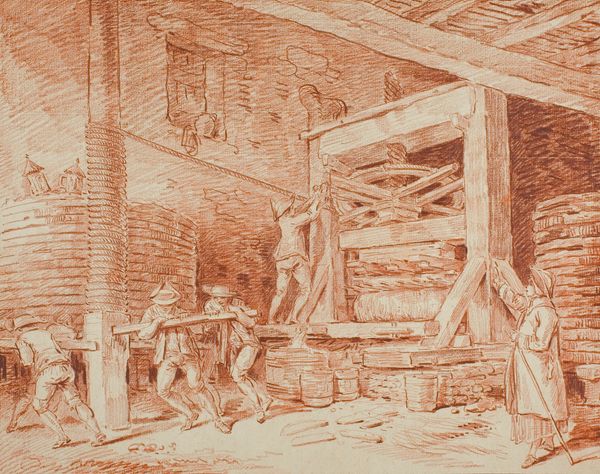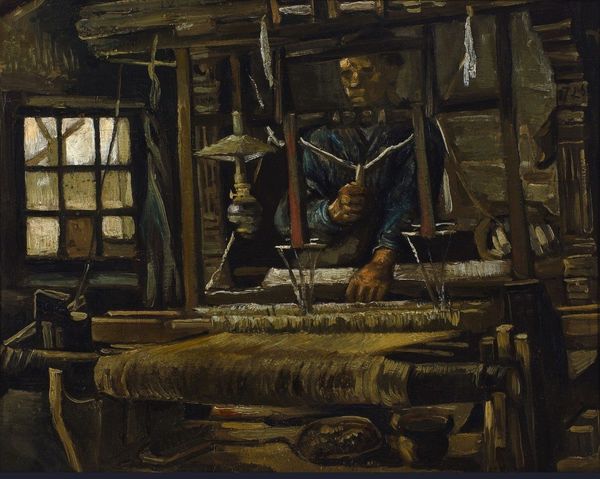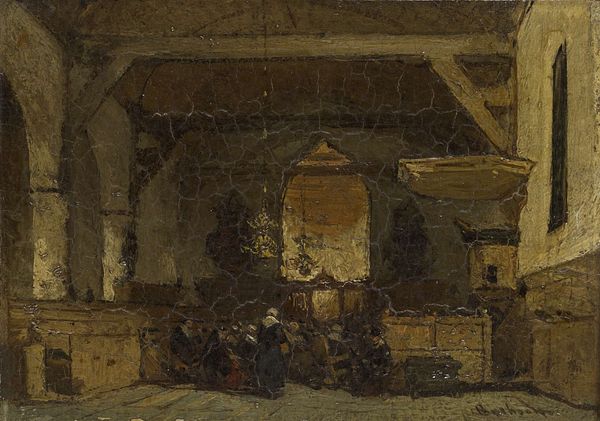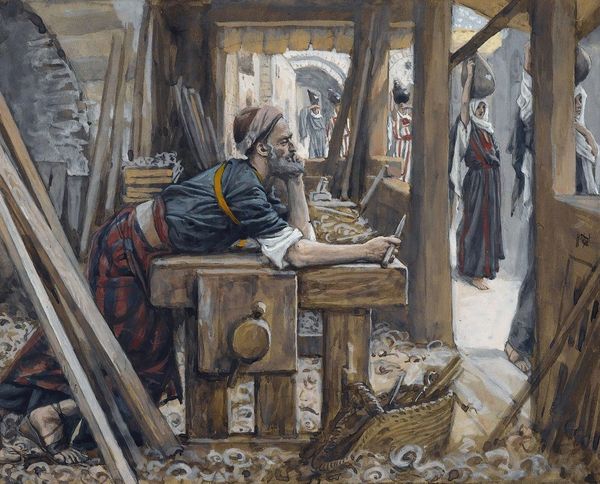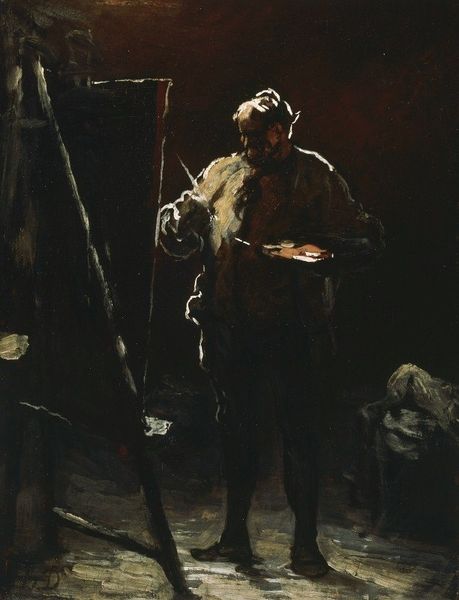
oil-paint
#
baroque
#
oil-paint
#
landscape
#
oil painting
#
genre-painting
#
history-painting
Copyright: Public Domain: Artvee
Curator: The painting before us is "The Citadel, Acre," created with oil paint by Jean-Léon Gérôme. My immediate feeling is a muted mystery. Everything seems softened by the light and enveloped in an earthy palette. It's almost as if time has gently worn away any sharp edges. Editor: I find myself reflecting on that sensation of mystery, a kind of exotic otherness that’s so typical of Orientalist painting. Gerome’s work provides us with a valuable portal through which to delve into a past fraught with orientalist assumptions. I can't help but see echoes of colonial power structures lurking beneath the surface of this picturesque scene. Curator: Hmmm, power structures lurking? Interesting way to put it. But focusing on the formal elements a moment, the composition strikes me as intriguing – the way the strong verticals and horizontals create a sense of stability. The wooden scaffold, the tented roof, it is grounding to see such a solid construction amid the rough, uncontained world outside. Editor: Indeed. These meticulously detailed landscapes acted as ethnographic documents, feeding into the Western gaze and shaping perceptions of the East, of Arabs as exotic "others." Think about the history embedded within those very structures—the power dynamics of military campaigns, occupations. Who inhabited that space, who built those arches? Curator: True. But he paints not only the scene itself, but also its resonance and, maybe unintentionally, leaves much of the history hidden, forcing us to question. I think of that bright, simple canvas overhead, maybe it represents not just practical shade, but that scrim over the facts of the war. It softens what’s at stake. Editor: It’s precisely that tension between the surface beauty and the underlying political implications that demands our attention. Gerome offers us a landscape of shadows, one where colonial desire and violence lurk within. We are encouraged to engage critically with that gaze and to think about what gets foregrounded and, significantly, what remains unseen. Curator: I suppose ultimately the most impactful thing to consider is that a single canvas can spark so many ideas and conversations, even ones so disparate. It encourages us to question our perceptions. Editor: Agreed, art like this asks us to remain vigilant. It forces us to unpack the narratives we are presented and always to search for those silences.
Comments
No comments
Be the first to comment and join the conversation on the ultimate creative platform.
